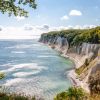From the Black Forest to the Harz
Many smaller mountain ranges can be found between the coasts of the north and the Alps in the south of Germany – let us introduce you to some of the most beautiful low mountain ranges.
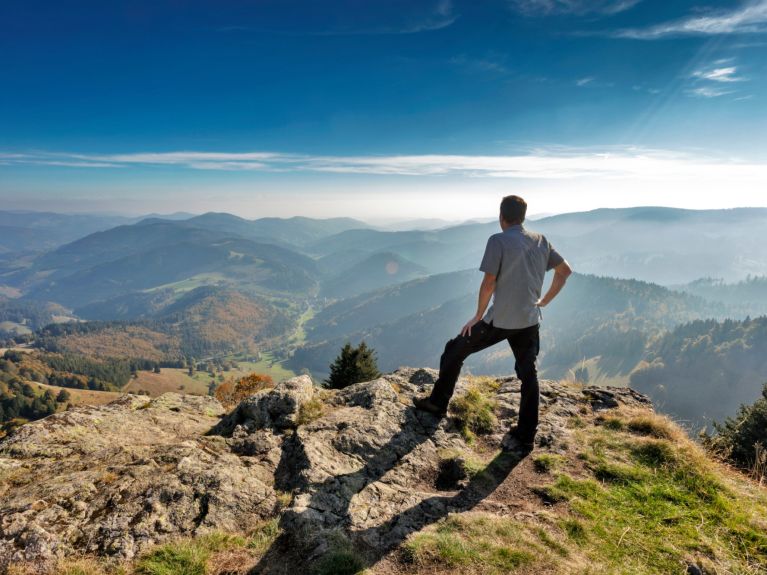
Though the Black Forest is probably the best-known low mountain range in Germany, there are many others to be discovered between the Alps and the North Sea. Depending on how they are defined, there are between 22 and more than 40. While they have always been sparsely populated, many of their summits were used in the past as refuges that were easy to defend against enemies. Nowadays, they are once again serving as a kind of refuge: namely fortourists and day-trippers wanting to experience nature.
The Black Forest
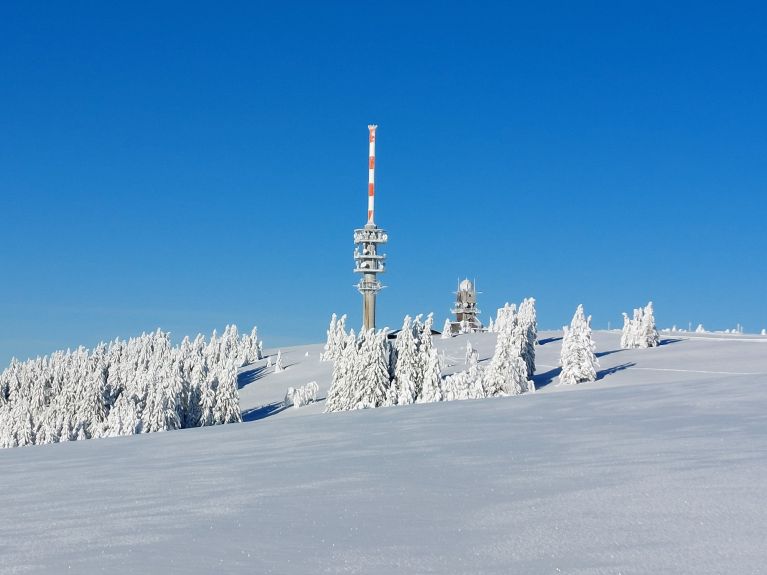
Germany’s best-known low mountain range is situated in the country’s extreme southwest, and is also the highest. The Feldberg is 1,493 metres high (photo: view from the Feldberg to the Belchen). This UNESCO biosphere reserve is known worldwide for its nature, but also for its traditional dress and as the home of the cuckoo clock.
Elbe Sandstone Mountains

The German part of the mountain range is also known as Saxon Switzerland - and both names are very revealing: the mountain range is situated in the upper reaches of the Elbe river in the German state of Saxony and, with its spectacular natural monuments, is reminiscent of the Bavarian Alps (photo: view from the Ferdinandstein).
Bavarian Forest
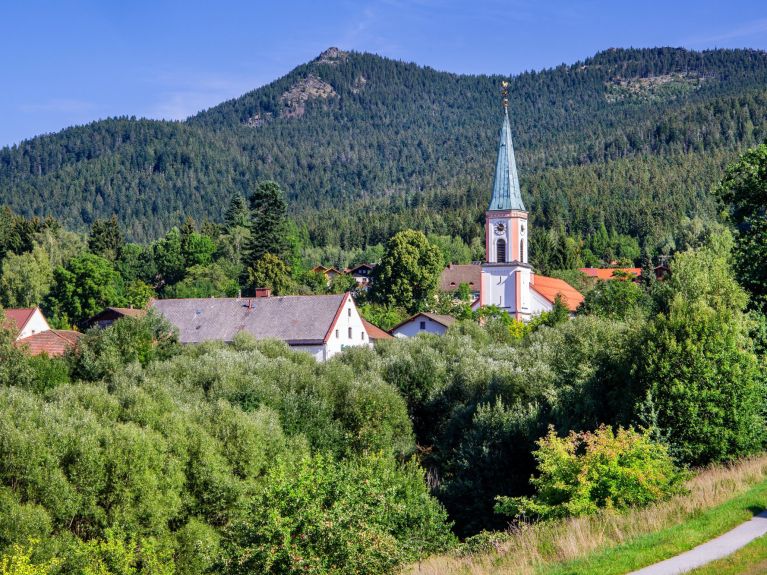
The Bavarian Forest is home to Germany’s oldest national park. Together with its counterpart on the Czech side, Šumava national park, it forms the largest coherent area of protected forest in Central Europe (photo: view of the Osser).
The Harz
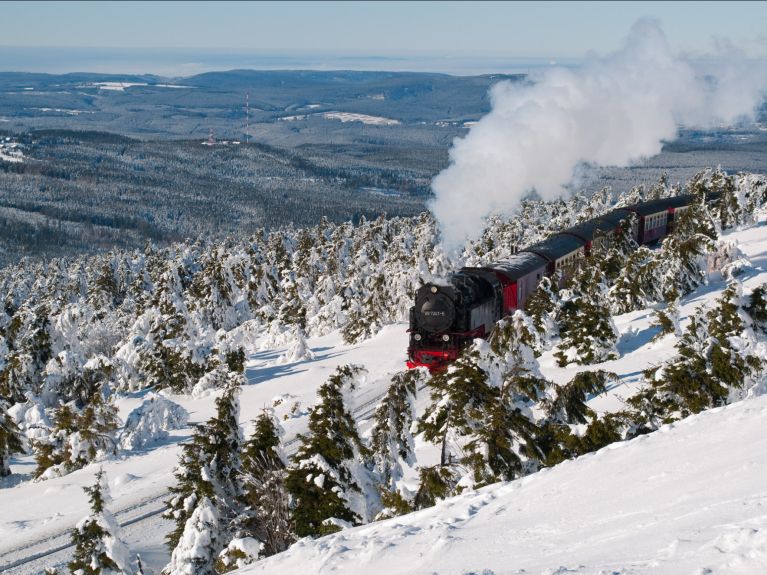
For many decades, the Harz region was divided by the inner-German border, which had a beneficial impact on the nature there: a national park, four nature reserves and a biosphere reserve protect the diverse landscape (photo: the Brocken Railway). In addition, the region boasts five UNESCO World Cultural Heritage sites, the town of Goslar probably being the best-known of them.
Thuringian Forest
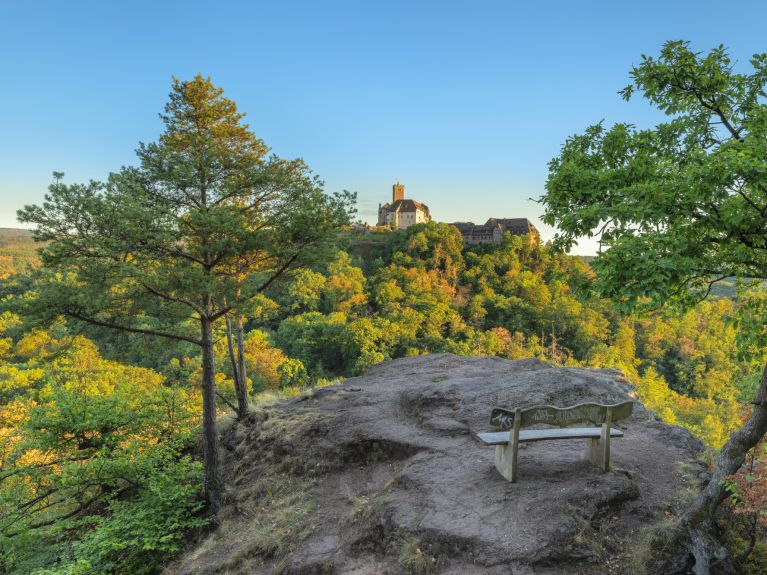
Most of this somewhat smaller low mountain range is a protected natural park, while its core area is a biosphere reserve. Its virtues were extolled by Johann Wolfgang von Goethe. He enthused: “The region is glorious, simply glorious.” This is still just as true today (photo: Wartburg Castle, in which Luther translated the New Testament).
The Eifel
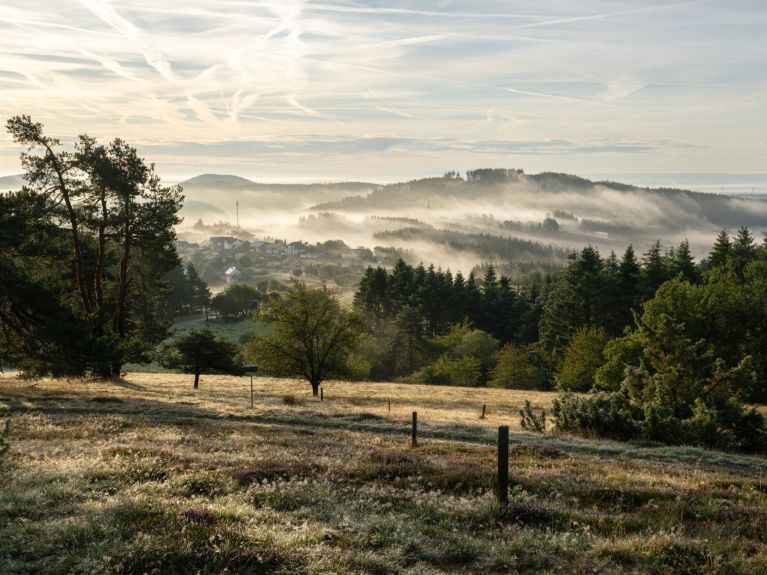
In the far west of Germany lies the Eifel – unique among Germany’s low mountain ranges for being of volcanic origin in its eastern section. The landscape there is characterised not only by the basalt crests of former volcanoes (photo) but also by maars, volcanic craters that have filled with water.

